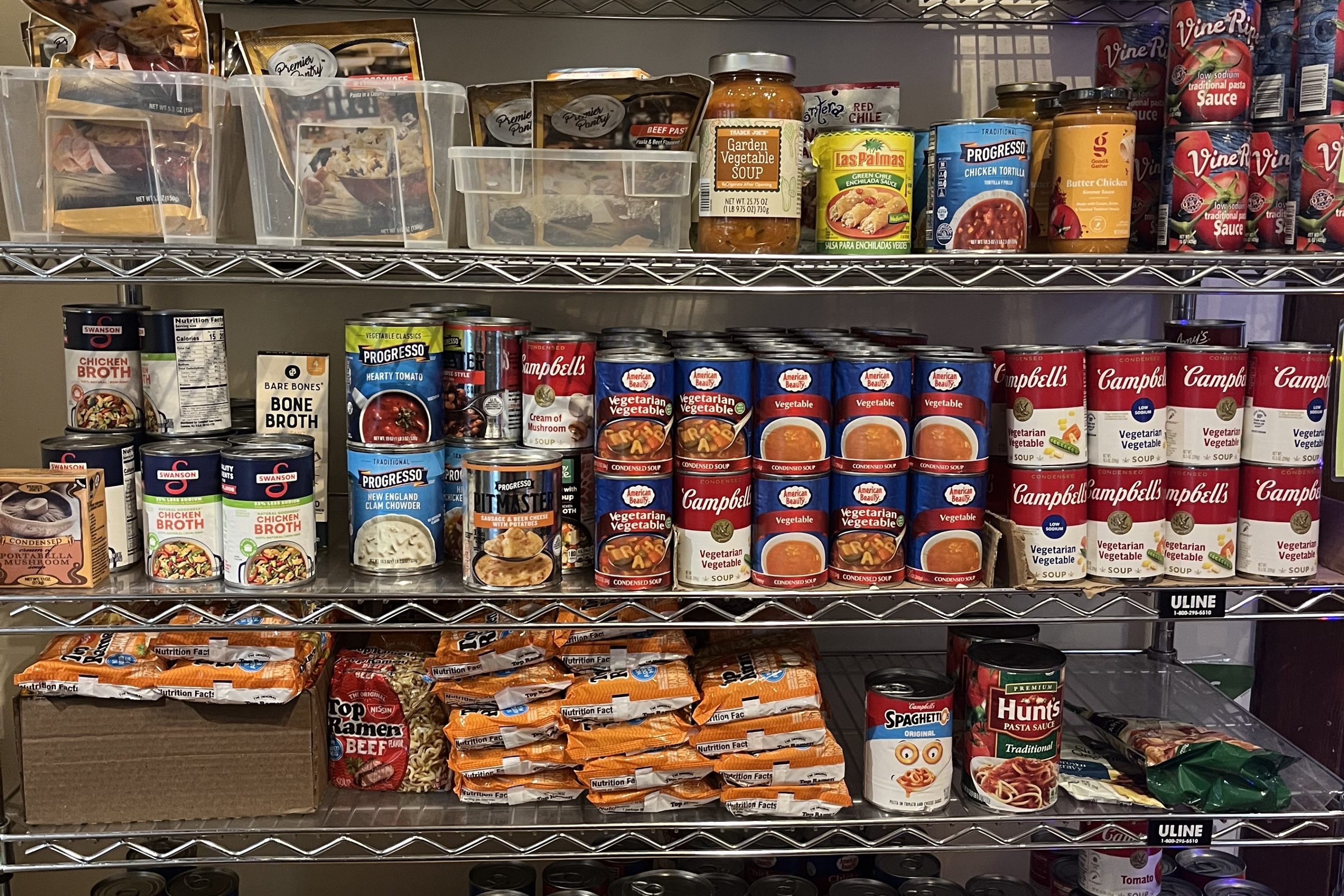When I was young, my uncle, Bob Cowgill, transformed a blighted space in the Cedar Riverside neighborhood into a retro movie theater called The Cedar Theater (now the Cedar Cultural Center).
Later, during my college years, he revitalized another space into the Oak Street Cinema in Stadium Village (now, sadly, demolished). Watching these spaces evolve taught me the value of preserving history and using art to improve a city.
In a recent exchange in the Hill & Lake Press, two thoughtful voices — Carol Becker, a former elected official on the Board of Estimate & Taxation, and Charlie Zelle, the chair of the Metropolitan Council — debated the city's direction. Their insights remind me of my father’s saying: "God gave us two eyes for a reason." I would add: "Actually, it’s three." Let me offer a third perspective, one rooted in evidence and the realities of Minneapolis today.
Sidney Lumet’s classic film Twelve Angry Men offers a powerful metaphor for confronting biases and assumptions. The story unfolds in a jury room where 12 men deliberate the fate of a young defendant accused of murder. Henry Fonda’s character, Juror #8, stands alone at first, questioning the seemingly clear-cut case.
Through careful reasoning and courage, he challenges the other jurors to reexamine the evidence and confront their own prejudices.
Similarly, Minneapolis must address its own biases and flawed assumptions to move forward. Like Juror #3 — whose judgments in the film were clouded by personal trauma — we risk clinging to harmful narratives instead of facing facts and seeking meaningful solutions.
The Metropolitan Council’s Magical Thinking
One glaring example lies in how the Metropolitan Council predicts regional growth. In his opinion piece, Charlie Zelle reported that “Minneapolis is projected to grow from its current estimated 434,000 to about 514,000 in 2050, or about 18.4%.” There is absolutely nothing in historic data, or current population trends, to support that statement. So where does it come from?
Met Council projections are based on city comprehensive plans — plans required by state law. Meanwhile, cities base these plans on the Metropolitan Council’s forecasts. This circular logic — where each reinforces the other without questioning underlying realities — creates an illusion of growth.
As a mathematician and statistician, I was shocked when I first realized this obfuscated jurisdictional conundrum. Like many of you, I thought more mathematics and “boots on the ground” data went into these projections. The answer is no.
No one seems to notice or discuss the half-empty buildings with tax abatements or problematic zoning that prevent development. The result? Policies detached from reality, with no one tending the store.
As Becker points out, Minneapolis is not growing as projected. In fact, over the last five years, if we were to lose just the Ecuadorian immigrants who have settled here recently, our population would almost certainly shrink. Many are leaving due to high taxes, an unfriendly business climate and increasingly unsafe streets.
Minneapolis’ Decline
Downtown, once vibrant, is now in a critical state. City leaders are scrambling to lure businesses back, but efforts to revitalize Uptown or Downtown often fall flat. Without a sense of safety — whether from police or other measures — businesses hesitate to invest, and residents stay away.
The illusion of density has led to empty red lanes and empty storefronts, not vibrancy. Advocates for bike lanes and reduced car dependency often overlook the unintended consequences of their efforts.
Consider Hennepin Avenue. The redesign may prioritize buses and bikes, but the red bus lanes sit empty while traffic backs up on Dunwoody, Lyndale and I-94. This is a carbon impact that could have more than certainly been avoided.
Nearby businesses close, pushing shoppers to suburban malls like Ridgedale — or worse, to Amazon. This shift increases driving and emissions, undermining environmental goals. Does the city have power over Amazon’s fleet and carbon footprint? Of course not.
As a city, we’ve tried to position ourselves as pedestrian-oriented, but the results tell a different story.
The Fallout of Minneapolis 2040
The 2040 Plan relies on a utopian vision of urban life. Former officials who promoted the plan insisted that adding density would lead to more vibrant streetscapes and a bustling city full of pedestrians, bicyclists and thriving small business storefronts.
The exact opposite has happened. Uptown was ground zero for densification and implementing their vision, and clearly, it’s failed.
Minneapolis 2040’s emphasis on density also ignored the need for parking — a mistake even cities like Chicago, New York and Los Angeles avoid.
Adequate parking supports local businesses, reduces traffic chaos, and attracts residents back to urban areas. Yet we continue to ignore these lessons, pretending we’re a city we are not.
Minneapolis Is Losing Taxpaying Residents
Whether they’re moving to Minnetonka (like our former City Council President), Sioux Falls or Scottsdale, the truth is undeniable: Minneapolis is growing at a much slower pace than expected, and at a much slower pace than outer ring suburbs. For example, Lakeville grew by 5,727 residents from 2020 to 2023 while Minneapolis grew by just 3,677, according to the Metropolitan Council (2023 Final Population and Household Estimates, Published July 2024).
The likeliest cause of this isn’t the pandemic or declining birth rates, but bad fiscal policy and a Midwestern 'aw-shucks" attitude on many social problems; we are — as of now — putting the “passive” in passive aggressive. To reverse this, we need honest conversations about what’s working and what isn’t.
The next comprehensive plan — Minneapolis 2050 — must acknowledge the realities of slower than expected population growth, faltering infrastructure and unmet safety needs. It also needs to create a tax structure where longtime Minneapolis residents can “age in place,” should they desire, not have the rug cut out from under them with tax codes.
The repercussions of what happened four years ago are still playing out. We are just beginning to face these challenges, let alone solve them.
To solve them, we must acknowledge the flaws in our projections, the gaps in our procedures and the biases in our thinking. Only then can we start to rebuild trust and restore community.
Looking Ahead to 2050
I believe we need policies that prioritize restoration over quick and cheap construction. This means preserving what works, revitalizing what doesn’t, and fostering safety and vibrancy in every neighborhood.
A city named for its water and renowned for its parks should strive for livability — drawing people back to safely walk, bike, ride, drive and park conveniently to support local businesses, venues and community spaces.
As we plan for the future, let us not mirror Juror #3—whose inability to confront his trauma nearly led to devastating consequences. Instead, let us grieve, heal and embrace clarity.
With collective resolve and a renewed commitment to community, we can build a Minneapolis that inspires hope, fosters growth and thrives as a city for everyone.






